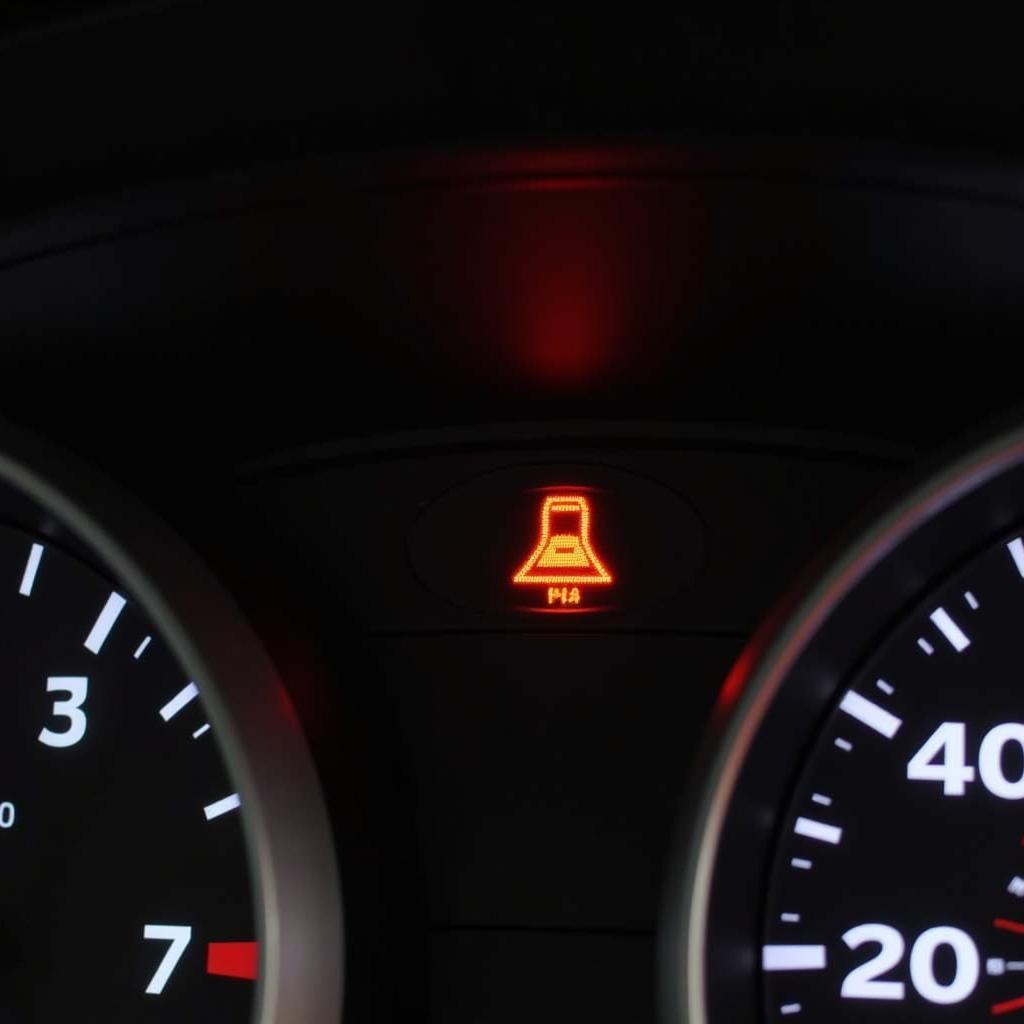A malfunctioning anti-theft system can be incredibly frustrating, often leaving you stranded with a car that refuses to start. While it might seem like a complex issue, resetting your car’s anti-theft system might be easier than you think. This comprehensive guide will walk you through the most common methods, helping you get back on the road in no time.
Understanding Anti-Theft Systems and Why They Need Resetting
Modern vehicles are equipped with sophisticated anti-theft systems designed to deter theft. These systems work by using an immobilizer that disables the engine from starting without the presence of a recognized key or key fob. While effective in preventing theft, these systems can sometimes malfunction, triggering a false alarm and preventing you from starting your vehicle.
Here are some common reasons why you might need to reset your anti-theft system:
- Dead Key Fob Battery: A dead battery in your key fob can disrupt the communication signal between the key and the immobilizer, leading the system to believe someone is trying to steal your car.
- Electrical Malfunctions: A temporary power surge or loose connection in your car’s electrical system can cause the anti-theft system to malfunction.
- Faulty Components: Over time, components within the anti-theft system, like the immobilizer receiver or the key fob itself, can wear out and fail, requiring a reset or replacement.
Recognizing the Signs of a Triggered Anti-Theft System
Identifying a triggered anti-theft system is usually straightforward. Look out for these telltale signs:
- Rapidly Flashing Security Light: Most cars have a dedicated security light on the dashboard that blinks rapidly when the anti-theft system is engaged.
- Engine Cranks but Won’t Start: If your engine turns over but refuses to start, it’s a strong indicator that the immobilizer might be preventing ignition.
- Clicking Sounds When Turning the Key: A series of clicking noises coming from the engine bay, especially when trying to start the car, could suggest an issue with the starter motor, potentially linked to the anti-theft system.
- Door Locks Behaving Erratically: Unresponsive or automatically locking and unlocking doors can be another symptom of a malfunctioning system.
Essential Tools for Resetting Your Anti-Theft System
In many cases, you can reset your car’s anti-theft system without any special tools. However, having a few handy can simplify the process or assist with troubleshooting:
- Your Car’s Owner’s Manual: This is your go-to resource for vehicle-specific instructions and troubleshooting tips.
- Spare Key Fob: If your primary key fob has a dead battery, a spare can be a lifesaver.
- Voltage Meter (Optional): A voltage meter can be useful for checking your key fob battery’s health.
Methods for Resetting Your Anti-Theft System
The exact method for resetting your anti-theft system can vary significantly depending on your car’s make, model, and year. However, some common techniques are widely applicable:
1. The Key Fob Method
- Check Your Key Fob Battery: Often, a simple battery replacement is all it takes. Refer to your owner’s manual for instructions on how to access and replace the battery.
- Resync the Key Fob (If Applicable): Some vehicles allow you to resynchronize your key fob with the car’s system. This usually involves a specific sequence of button presses or using the key in the door lock. Consult your owner’s manual for model-specific instructions.
2. The Battery Disconnect Method
- Disconnect the Battery: Locate your car battery and disconnect the negative terminal (usually black) first, followed by the positive terminal (usually red).
- Wait: Let the car sit for at least 15-20 minutes. This allows the electrical system to discharge completely, potentially resetting the anti-theft system.
- Reconnect the Battery: Reconnect the positive terminal first, followed by the negative terminal.
3. Using Your Car Key
- Insert and Turn the Key: In some older car models, inserting your key into the driver’s side door and turning it to the unlock position for 30 seconds can reset the system.
4. Consult a Professional
If none of the above methods work, it’s best to seek assistance from a qualified automotive locksmith or your dealership. They have the expertise and specialized diagnostic tools to identify and address more complex anti-theft system issues.
FAQs About Anti-Theft System Resets
Q: How can I tell if my key fob battery is dead?
A: The most obvious sign is if your key fob stops working remotely. You can also use a voltage meter to test the battery’s charge or look for a dimly lit LED on the fob when pressing a button.
Q: Can I drive my car with the anti-theft light on?
A: It depends. If the light is blinking rapidly, the system is likely engaged, and you might not be able to start your car. A solid or slowly blinking light could indicate a system malfunction that needs attention. It’s always best to consult your owner’s manual or a mechanic to avoid potential damage.
Q: Are there any tools that can help me diagnose car problems?
A: Yes, professional-grade diagnostic tools like those offered by Cardiagtech can read your car’s computer system, identify faults, and even assist with resetting certain systems.
Q: How much does it cost to reset a car’s anti-theft system?
A: The cost varies significantly based on the complexity of the issue and whether you opt for a professional service. Simple resets might be free to perform yourself, while more complex problems requiring specialized equipment or programming could range from $100 to $500 or more.
Need Help with Your Car’s Anti-Theft System?
While this guide provides a general overview, remember that each car model is unique. Always refer to your owner’s manual for specific instructions or contact a qualified mechanic or CARDIAGTECH for assistance.

